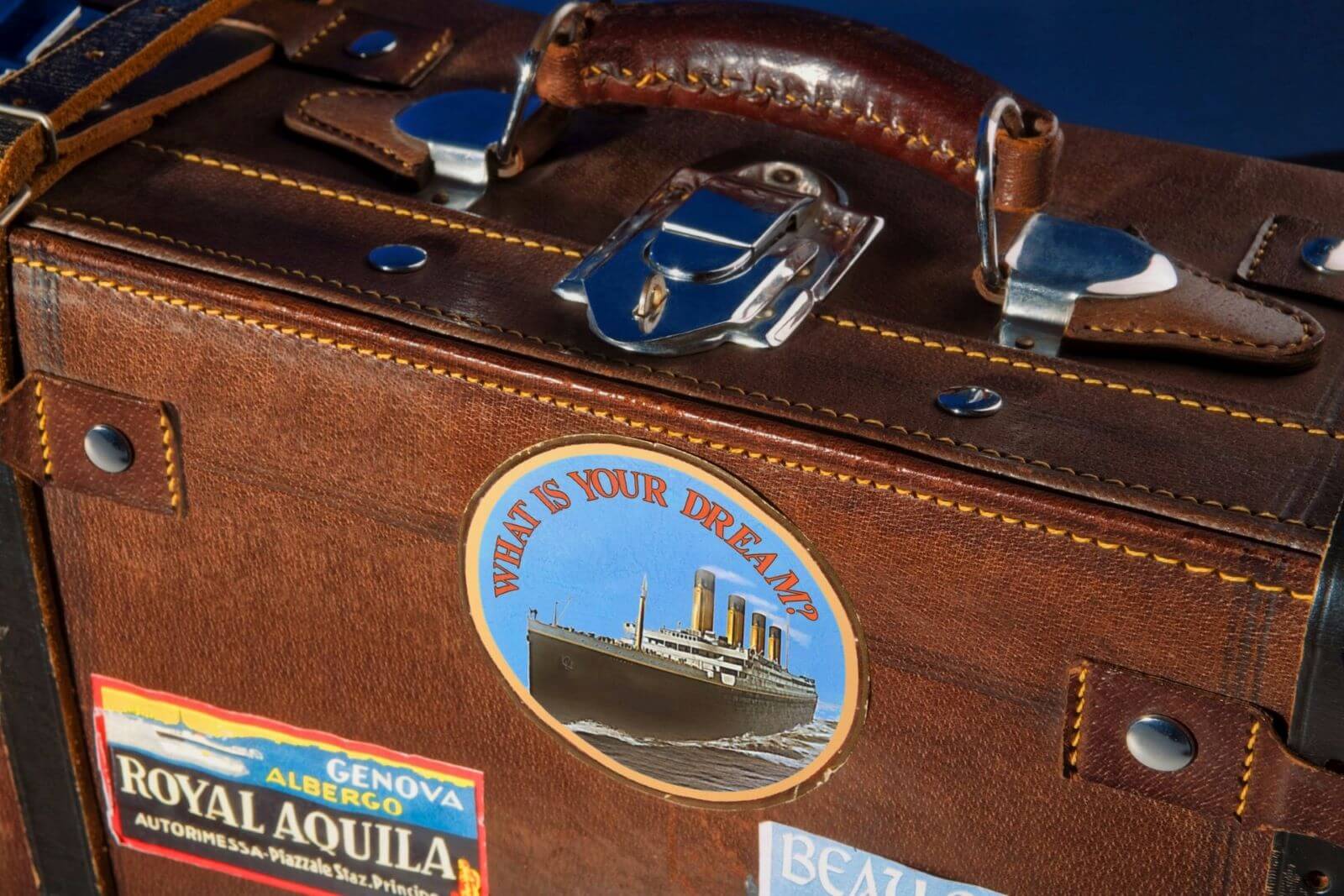If nowadays you head to the front desk of a hotel and candidly ask the concierge for their luggage label, he will probably give you a puzzled expression. Luggage labels, also known as luggage stickers and travel labels, have long since disappeared. However, they were once a small but highly visible part of what is known as the Golden Age of Travel, which took place between the 1900 and the mid-1960s.
Luggage labels should not be mistaken with luggage tags or name tags (or bag tags as they are also known). Luggage tags served more than one purpose: they not only advertised a hotel or airline but also identified the owner of the luggage and facilitate the transport of their personal belongings to the correct establishment.
When we think of the word luggage label, it is immediately the reference to hotels that comes to mind. Because hotels, especially “Grand Hotels”, were at the origin of the creation of these inspiring labels. Hotel chains and many of the world’s most reputable hotels have produced and used luggage labels, reminding us today that travel has not always been about cheap airlines, overbooked hotels, hoards of tourists, and endless security queues.
Suitcase travel stickers were a form of advertising that hotel staff would place, using the sticky gum on the back of the label, on the luggage and trunks of travelers arriving at their premises. In those days, suitcases were rigid cases, making it easy for bellboys or concierges to stick their labels on.
Besides hotels, other businesses and organizations also made extensive use of luggage labels. Like for instance airlines such as Air France, Panam, Lufthansa, as soon as air travel became accessible to travelers around the 1920s, but also restaurants, or even national parks. Indeed, what is the best way to promote its services, if not by using its clients as mobile advertising?
For the hotel, these luggage labels were free publicity. For the traveler, they were a badge of honor, particularly if they stayed at prestigious hotels or visited trendy places. Or if the suitcase simply suggested that they were a frequent traveler. Is there a more fascinating travel accessory than a little worn-out classic leather suitcase adorned with luggage stickers from hotels in Florence, Paris, Lugano, or Davos, or featuring exotic animals or great outdoors?
Since these labels were affixed with gum, it was extremely difficult to remove them without damaging them. That’s the reason why the genuine vintage stickers that you might find today online or at the flea market, have never been stuck on a trunk or suitcase. Maybe the customer asked for one or two extra labels after a particularly enjoyable stay for them to keep as a memento of their trip. Or gave the bellboy a generous tip to get some particularly nice or rare luggage stickers. No matter how these vintage luggage labels have remained intact until now, there is a growing interest today for these testaments from a bygone era. And enthusiastic collectors are increasingly interested in original vintage stickers.
Travel stickers slowly started to lose their popularity by the 1960s as soft suitcases began to replace hard luggage (which made it harder to stick anything on them), and as travel became not an experience, but rather a form of mass transit to be endured. Also, many large independent hotels were acquired by large hotel groups with centralized marketing departments, that dedicated their budget to other forms of advertising, especially with the development of color television and then the Internet.
From 1890 to the 1970s, luggage labels were closely related to the travel posters of that period, sometimes even sharing the same graphics. While genuine specimens of beautiful vintage travel posters can fetch bids well into the thousands of dollars today, the original luggage tags have remained more accessible. Original vintage luggage labels can be purchased for anywhere from $20 to several hundred dollars, depending on their rarity, condition, style, and the renown of the illustrator or the hotel or airline.
Considered by many to be tiny works of art, most early labels were actually lithographed, and many bear the mark of the printer. Several important illustrators have made significant contributions to this area of graphic design. Dan Sweeney for instance was an American illustrator who contributed illustrations for books, posters, magazines, and luggage labels for the Hong Kong & Shanghai hotel group. Italian graphic designer Mario Borgoni was also renowned for his Art Nouveau labels and posters.
In addition to online marketplaces like Etsy or eBay, original luggage tags can be found at flea markets, antique fairs, and bookstores with dedicated ephemeral sections. Keep in mind that crisp high-quality reproductions of vintage luggage labels are also available as digital downloads, like on vintralab.com and Etsy, and dedicated luggage label books like for instance World Tour: Vintage Hotel Labels from the Collection of Gaston-Louis Vuitton are also easy to find online.
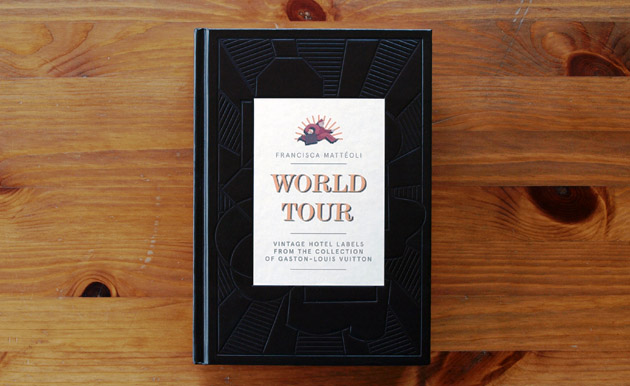
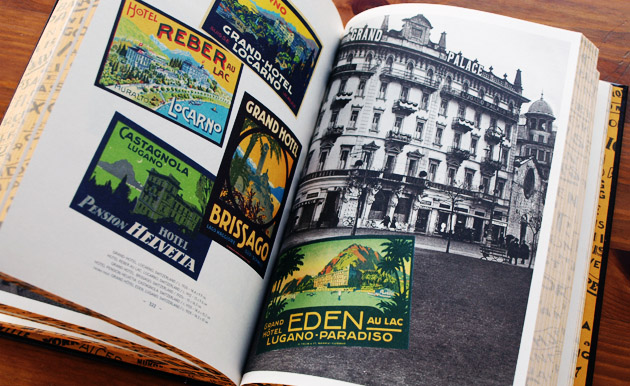
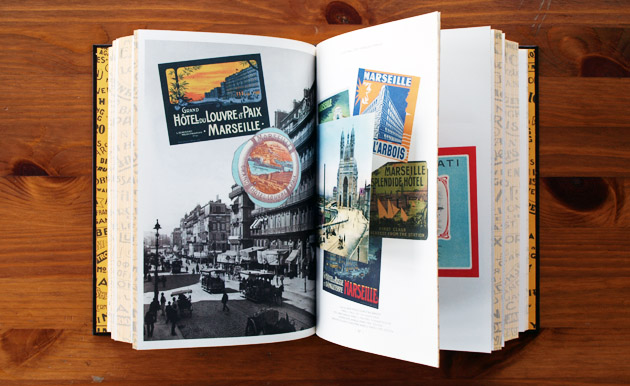
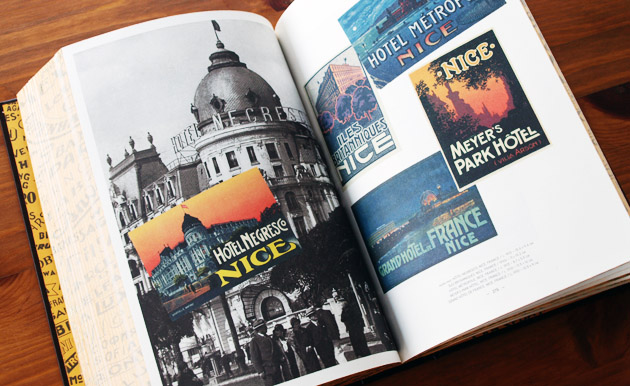
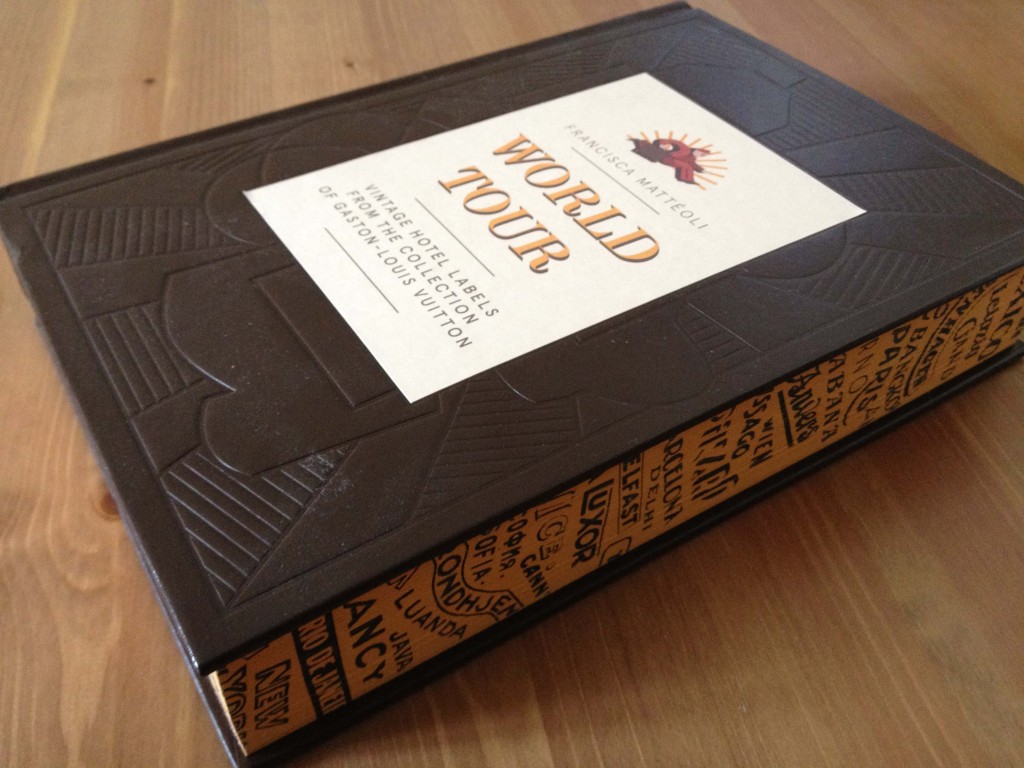
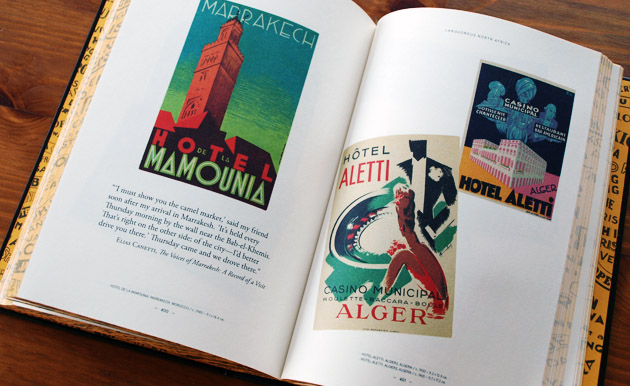
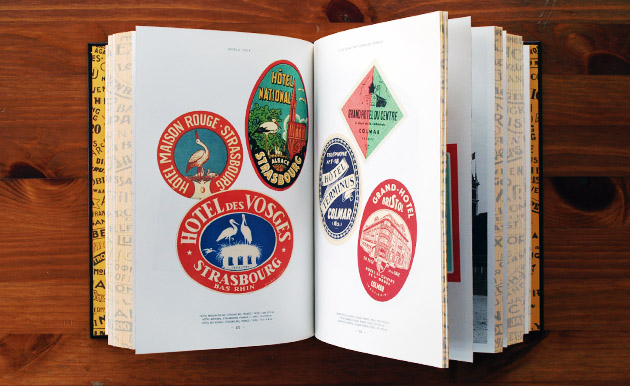
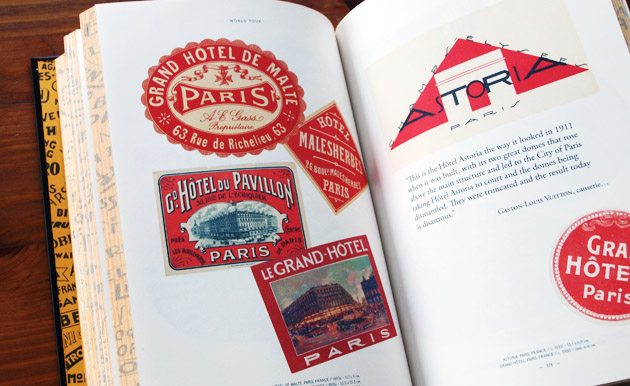
5 tips to start your collection of vintage luggage labels
1. Buy from resellers whose reputation you can determine. One of the best places to purchase labels is eBay, where you can easily see what a seller is specialized in, how long they’ve been in business, how many items they’ve sold, and how satisfied their customers are.
2. Beware of fake vintage luggage labels. Genuine antique labels should look, feel and even smell a certain way.
3. If you’re serious about collecting, start with a focus. For example, some collectors are specifically interested in the work of a particular artist or printer, while other enthusiasts look for labels showcasing a particular place.
4. Reach out to reputable vendors and develop a relationship with them. Most online sellers will not only help you find the labels you are looking for. They also might offer you prices lower than advertised or even a preview of rare labels to be released if you’re already one of their customers.
5. Educate yourself. Develop an understanding of the condition, valuation, and rarity, and buy the best example of the label you wish to collect. Learn what types of printing (e.g. chromolithography, stone lithography, four-color offset printing) were used for making labels, and recognize the differences between each technique. If possible, research different printers and artists. The book World Tour: Vintage Hotel Labels from the Collection of Gaston-Louis Vuitton is an invaluable resource on vintage travel stickers.
Download below a free sample of our digital vintage stickers!
We have more than 220 high-quality digital vintage stickers available for download! These are not only great to familiarize yourself with these collectibles, but also they’re also a great gift and perfect for birthday parties! You can check the whole collection here. If you’re interested in our entire collection of 228 vintage luggage stickers, you can get them here for €19.99 instead of €29.99 for each item purchased separately (that’s a 44% discount!).
The PDF downloads are crafted from digitally enhanced quality images from original vintage luggage labels. Files can be saved to your PC or MAC and then used over and over again. Each label on the sheet measures 2 1/2″.
These digital sheets are formatted to print on Avery® White High-Visibility Labels for Laser Printers 5294, 2-1/2″ which can easily be purchased online. When used with self-adhesive printer paper, these labels can be printed and pasted on many surfaces like books, laptops, boxes, pieces of luggage, and much more.
You can alternatively print our PDF files on any A4 paper your printer allows, like for instance a full A4 sheet sticker, and cut them off individually by using a round 2.5″ glass or shape, and a cutter. You might also want to use stickier paper if you want to paste the labels on your suitcase, as the Avery labels are easier to peal-off over time. Keep in mind that after printing, leave the labels to dry before using them, as the ink could rub off if you use them immediately.

